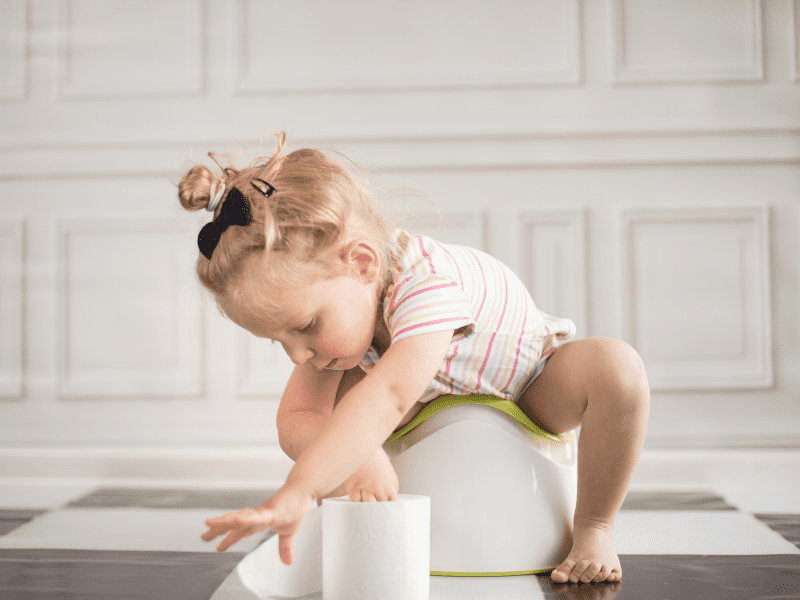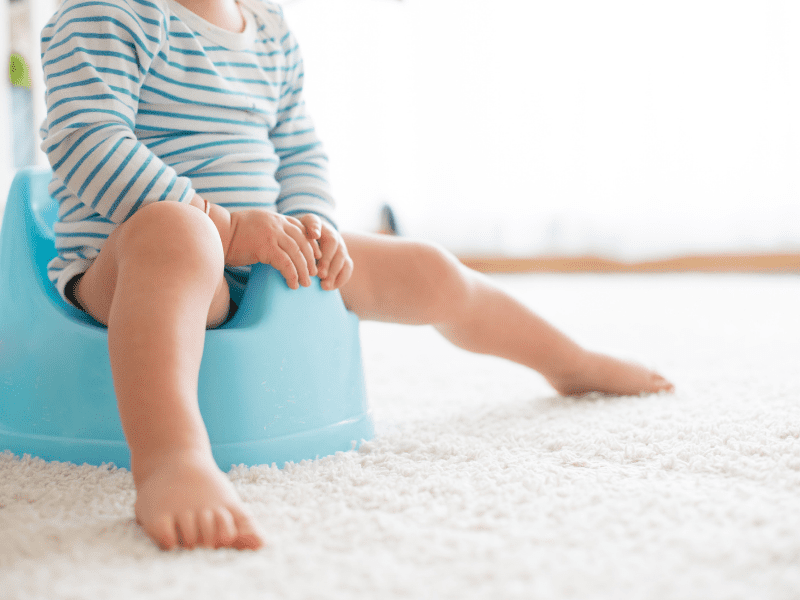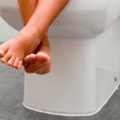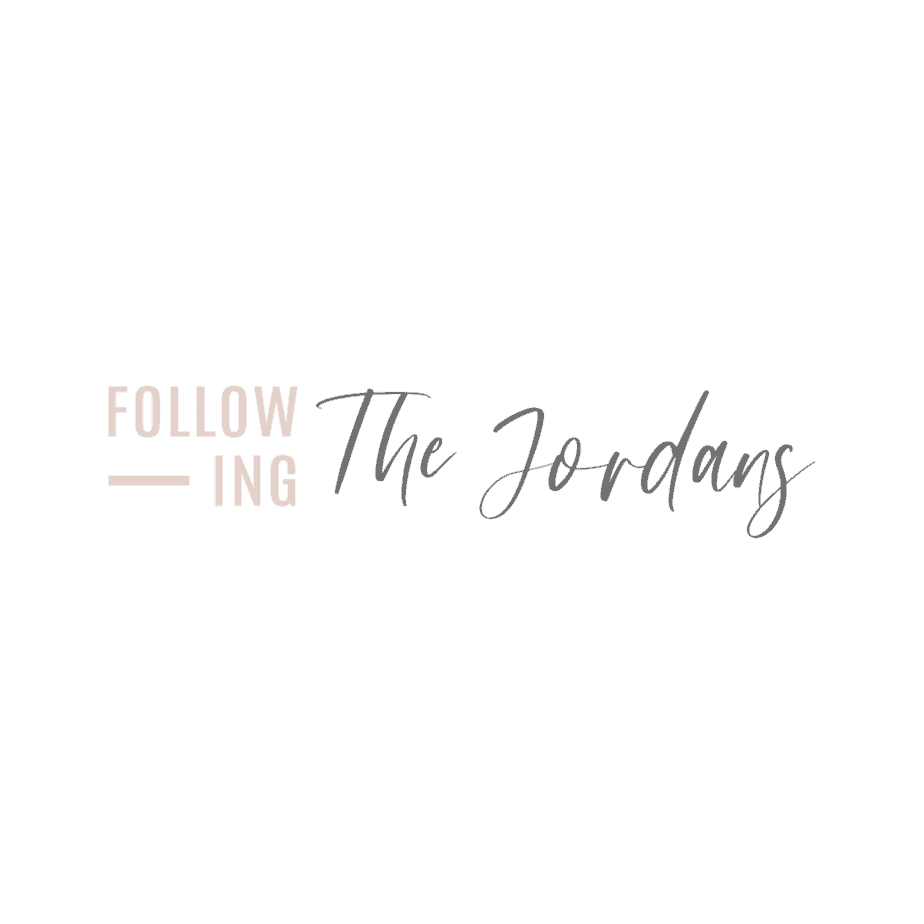Potty Training Readiness: What Age is Best for Potty Training?
Potty training is a HUGE parenting goal; I know I always look forward to saying goodbye to diapers. Those suckers cost a lot of money, but when I thought about potty training my first child, I wondered – what age is best for potty training? Then, I learned that I need to look for potty training readiness signs from each of my kids!
Too many parents dread potty training; I don’t want you to feel that way. While it’s intimidating, every parent and child has to go through this process eventually, so don’t make it a giant mountain to conquer.
It’s not worth anyone crying over.
I want to give you one big tip – if you’re crying or your child is crying, take a break. It could be a break for the day or two months. It’s not worth crying and becoming upset over. Your child will learn how to use the toilet.
The first step is figuring out how to recognize potty training readiness and what age is best for potty training YOUR child.
What Age is Best for Potty Training?
Despite what some people think, potty training doesn’t happen just because your child is “old enough to use the potty.” Honestly, I find myself feeling a bit angry when someone says that – age is only one factor for potty training readiness.
Many children show signs of potty training readiness between 18 and 24 months, but a large number of kids aren’t ready until they’re around 3 years old.
Another factor is the gender of your child. You might not realize it, but experts say that girls tend to show potty training readiness signs earlier than boys. On average, girls show readiness around 28 months and boys around 33 months.
So, let’s say, the best age that is best for potty training is whatever age your child is ready! There is no rush, and if you start too early, it might take longer than you imagined for your child to train and use the potty regularly.
Potty Training Readiness Happens at Different Rates
Finding the right age for potty training is tricky. I use the Oh Crap Potty Training Method, and they recommend using 20-30 months as a guideline for the best potty training age.
That doesn’t mean your child has to be ready in this range.
A lot of my friends have kids that don’t start to use the potty until 3-4 years old, and in some parts of the world, parents start to potty train when their child turns one year old!
At What Age Should a Child Be Fully Potty Trained?
Most kids will be fully potty trained by the time that they reach five to six years old. That might be different in your child is special needs, but since potty training is required for most kindergarten classrooms, this is the average age by which kids are out of diapers.
Nighttime is a bit different. It’s not uncommon for kids to wet the bed for years.
7 Signs Your Child is Ready for Potty Training

Since that’s a huge range of what is normal for potty training readiness, parents have to understand what indicates that it’s time to introduce toilet training. Remember, potty training is a milestone and needs to begin with your child is at a specific emotional and physical developmental phase. Kids must have certain skills and abilities developed before they’ll be able to use the toilet successfully.
Now, it’s important to remember that all kids are different, so these signs of readiness are different for every kid. These are the most common indicators.
1. Your Child is Interested
The first sign that your child will show when they’re developing potty training readiness is an interest in using the potty. My kids often show this by simply being interested in what I do in the bathroom, asking questions.
This is a great time to introduce children’s books about using the potty, watching potty training videos, and bringing it up in your daily life. Parents should model proper toilet habits, but don’t be too nuts around it.
Remember, we’re talking about a huge range from 18 months to three years old; you don’t want to be crazy about talking about the potty!
2. Dry Diapers!
When my kids start to have dry diapers, I know that toilet training is on the way! I gradually notice that my kids stay dry for two hours or longer when they’re awake and playing.
The biggest sign is when they wake up dry or have only wetted once at night. To me, that shows they have more bladder control and capacity, two things needed for potty training.
3. They’re Aware of Going to the Bathroom
When my toddlers start to hide behind the couch or curtain to poop in their diaper, it’s another sign of readiness. Kids have to understand what they’re doing to be able to control the process, so watch for awareness.
Your child might run to a separate room to use the bathroom in their diaper. He might hide behind curtains like mine typically do, or your child touch his diaper after he uses it. Mine often grab at their diaper and pull on it.
4. Independence!
As toddlers start to gain their independence, they tend to way to become more independent with their potty habits. You’ll notice that as your child wants to do more things themselves, going to the bathroom becomes one of those things.
At this time, if you have older kids, it can prompt your toddler to want to use the potty like their older sibling.
5. Pulls Pants Up and Down
A skill that kids need to have before being able to fully potty train is to able to pull their pants up and down. Mastering this skill takes time, but it can be hard during toilet training for your child to wait for you to help them.
We’ve had a lot of accidents because of this.
When I’m potty training my kids, I try to avoid clothes that is harder to take off. Rompers are a serious no-go, as well as anything with ties or zippers. Dresses work great for little girls, and cotton shorts are easy for kids to pull up and down.
6. Follows Directions
You might not realize it because you go to the bathroom so many times per day, but it actually requires a lot of steps. First, your child has to feel the urge to use the bathroom, then they have to get there. Once in the bathroom, the light has to be turned on, pants and underwear need to be pulled down, and then your child has to sit on the potty and go to the bathroom.
That starts the next set of directions.
Your child has to use the potty, wipe, flush the toilet, and wash their hands. Potty training readiness involves being able to follow multi-step directions and remembering each step along the way.
7. Communicates to You
Kids have to be able to communicate that they need to be able to use the bathroom. If you’re away from home, they have to be able to talk or signal to you that they need a bathroom trip ASAP.
It’s Different for Every Child
One big thing to note is that all of your kids will show potty training readiness signs at different ages, so there is no one single age that is best. All kids reach this milestone when they’re ready; you can’t compare any kids, including siblings.




Pingback: 11 Simple Tips for Traveling with a Potty Training Toddler